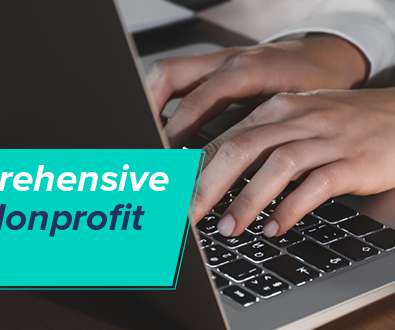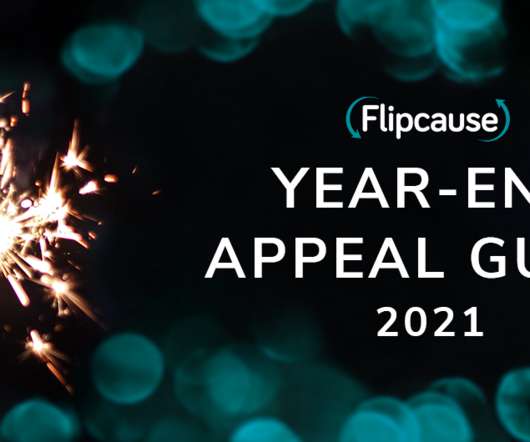Four Steps to Align Data with Your Mission and Goals
Association Analytics
APRIL 8, 2021
SMART is an acronym people use to remember the five aspects of a well-articulated goal: SMART goals are specific, measurable, achievable, relevant, and time bound. However, articulating the best leading indicators for a goal is not as easy as articulating KPIs. Formulate SMART Goals. It may feel like a bit of guesswork at first.


































Let's personalize your content